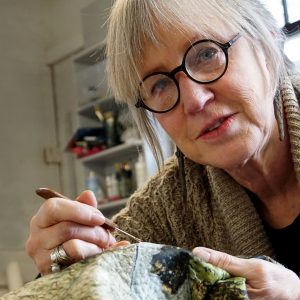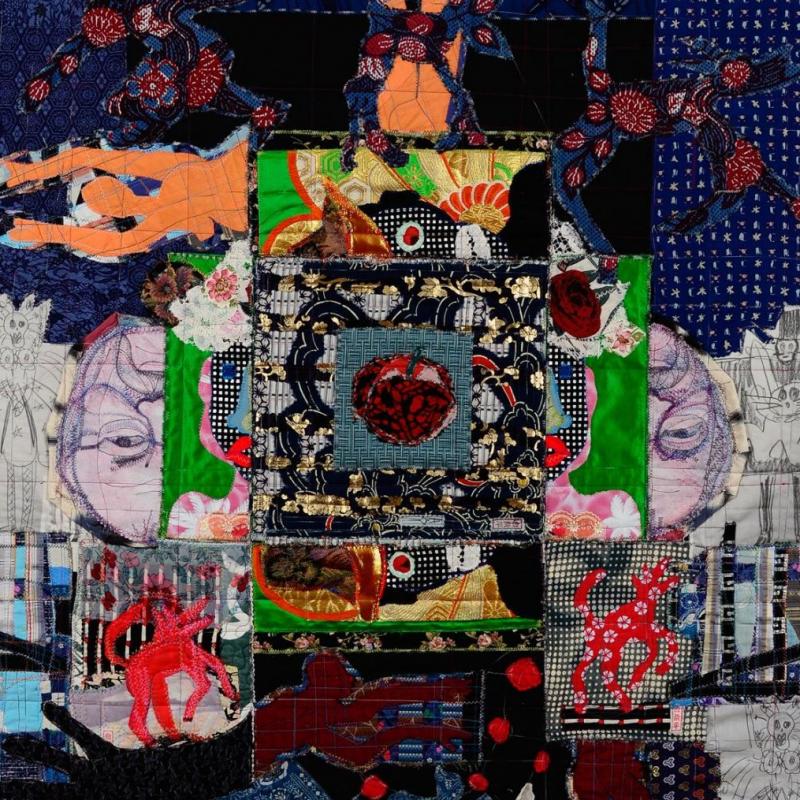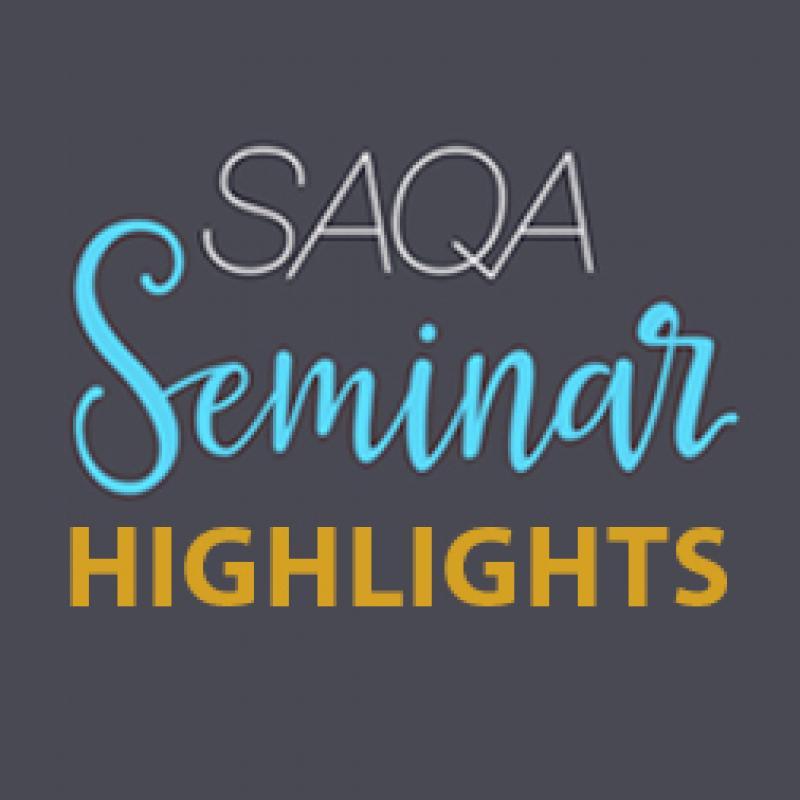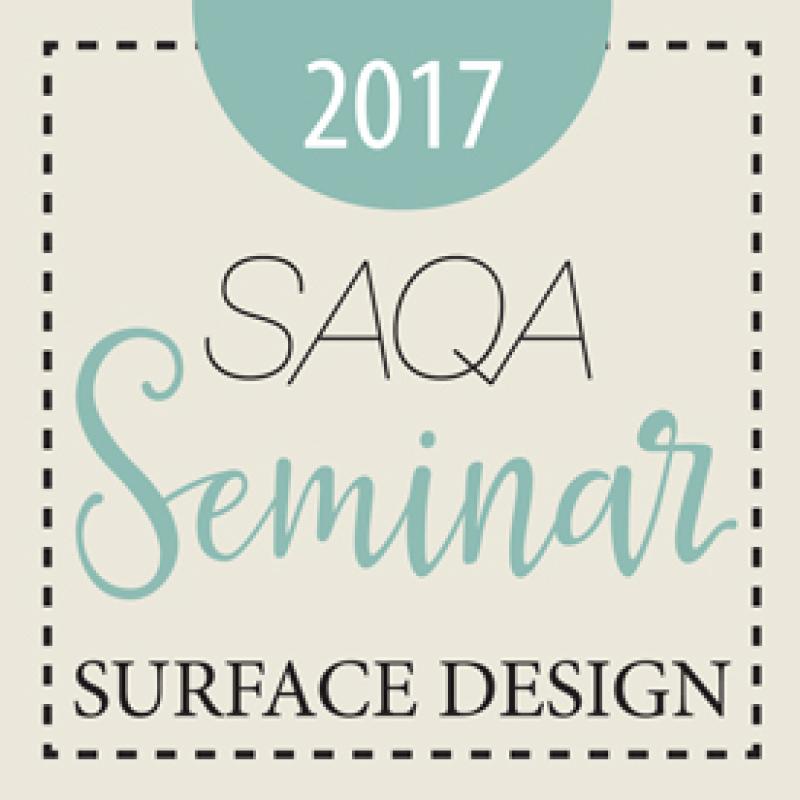My studio is in a public art center, so I have many visitors stop in to see my work. Along with “How long did that take?” and “My Grandma [mother, aunt, etc.] makes quilts” comments, the question that I hear frequently is, “So is that ‘just’ a photograph or what is it?” The visitor can tell parts of my work are realistic, but other parts not so much. And then the whole fabric thing really throws them.
I have an “elevator speech” to explain. “The work starts with my original photo. It is then printed onto fabric. Other fabrics are added both above and below the photo layer, then both hand and machine stitched to create the textures. The photo is a record of what I saw, and final work is how I saw it.”
It starts with a photo
My artistic decisions start as the subject is chosen, the ISO or aperture is set, and the shutter is clicked. Additional decisions come with the cropping, editing and preparation for printing. By the time my image is sent to Spoonflower for printing, I have a good sense of the layering and stitching that will happen later. The photo is the underlying sketch and inspiration for my finished piece. That is why I would not use a photo that is not my original.
I like the “reality” that a photo gives my piece. It lets the viewer know that the image is part of this world. It is a result of an actual encounter I had with a person, place or thing. They see through my eyes for just a moment.
Fabric is printed
When the printed fabric arrives, I relook at the overall composition and contrast of the photo and see if it was affected by the printing process. Often, because of the relative low resolution and the absorbent quality of fabric printing, there is a loss of contrast in the lightest and darkest areas of a photo or a shift of color from the projected color seen on a monitor to the reflective ink colors used in digital printing. I have heard fiber artists unfairly bemoan the printer for this, but it is a fact of printing. It’s just like when you ink-jet print on standard copier paper vs. high gloss photo paper on your own printer.
Don’t fight the process – learn its limitations and how to use or overcome them! Using digital printing is not like sending a picture for replication, you need to understand the technical process just as you do with other processes.
Layers are added
Layering starts now. I layer above and below the photo fabric. I use opaque fabrics to cover areas. I use tulle or organza to cover areas much as a painter uses glazes. I add fabrics below the photo so that I can cut sections or slashes into the photo to reveal the lower layers. I add additional backing layers to trapunto areas. I secure these fabrics in many ways including pins, thread basting, spray basting, glue stick – whatever the fabric requires. These layers solidify my composition and enhance the dimensionality.
For example, if I want to soften a harsh or detailed background, I may overlay it with tulle or slash it so that it becomes a texture rather than an image. If I want to lighten an area, I use organza to add both light and shine. I add some fabric confetti under tulle to simulate a texture in an area that has no texture. I also add an overall layer of filling (usually a very light cotton batting) and backing fabric at this time.
Time to Stitch
Now is the time to review the elements of art; the visual components of color, form, line, shape, space, texture, and value. The stitching will create or affect each of these. Color and value can be moderated with the colors and quantity of thread. Line and shape will appear with the area, type and size of stitch used, and texture is what stitching is all about!
After visualizing what I want to do, I start stitching. I may do some overall machine basting to hold the piece together. Then, much like a painter, I work background to foreground. I get a visceral feeling while I am stitching in this phase. Like a sculptor, I am trying to push some areas back and, later, will work to visually pull other areas forward with lighter colors and more detail. I start with the free motion stitching in the larger areas of the image. This secures the quilt and begins adding dimension.
Once I have much of the machine stitching finished, I will go in with hand stitching. Needle and thread are my paint and brush. Each stitch will create a different mark just as do brushes. Machine stitches are small and usually are not as visible as the textures they make in the fabric, whereas hand stitching creates larger marks and texture with the thread. Just think of the difference between the small stitch used in meandering, an area of zig zag free motion stitching, random seed stitching, or a series of French knots. Each has its own signature texture and look.
More Embellishment
I also start to add other techniques now. I may couch yarns under the channels the stitching created in the organza or tulle layers, or couch them under zig zag stitching. I may add some beads to highlight areas; I may cut into layers exposing the lower layer; I may add layers of tulle, or other fabrics.
The end result is to produce a piece that is no longer a photo, but is not purely fiber art either. I want to get to a point where the photo would not be impactful without the stitch, nor would the stitched piece be impactful without the photo holding it together. Can I do photos that are not stitched? Sure. Can I do stitched pieces from my imagination? Sure. But for me, the excitement is the meld of these two media to make an image that is a bit surreal, but believable.
ABOUT THE ARTIST

Jill Kerttula's work is a combination of photography and stitching. It is also strongly influenced by her backgrounds in graphic design and one-of-a-kind garment making.
Inspiration comes from objects and colors found and photographed in both urban landscapes and the natural world, but the strongest influence is texture; the bark of a tree, the cool smoothness of ice, the graininess of concrete, the hard symmetry of brick work, the leaves as they change from summer soft to winter brittle, sticks. How textures are influenced and enhanced by changing light is an important consideration in her work.

.jpg)
.jpg)
.jpg)
.jpg)
.jpg)


